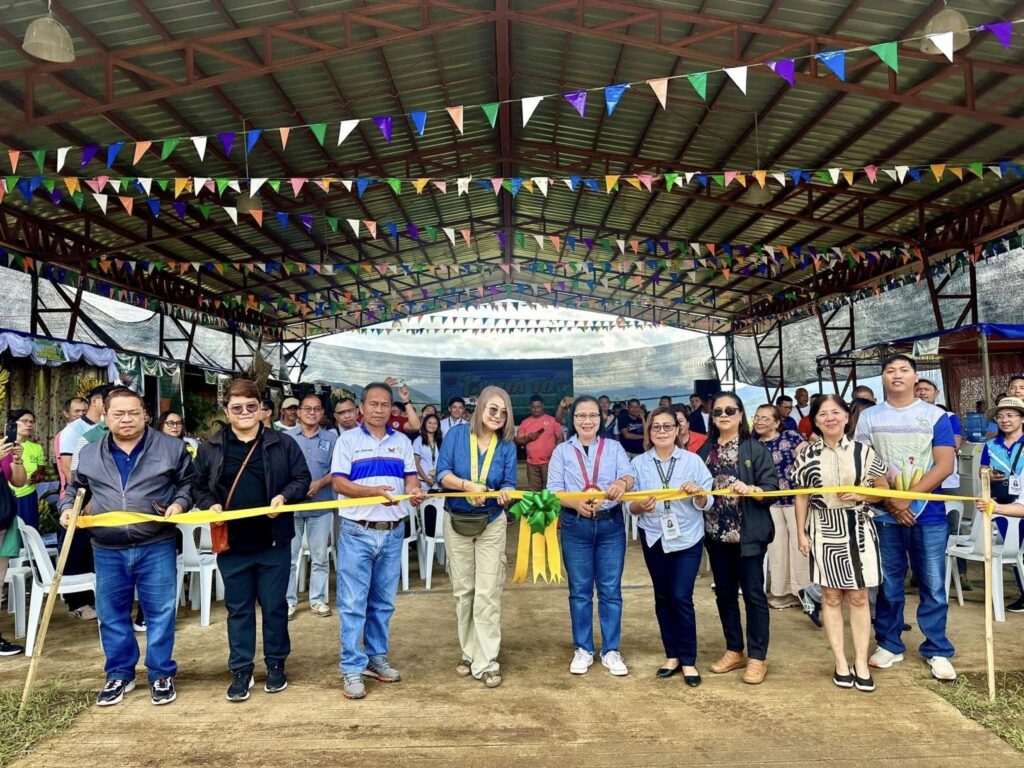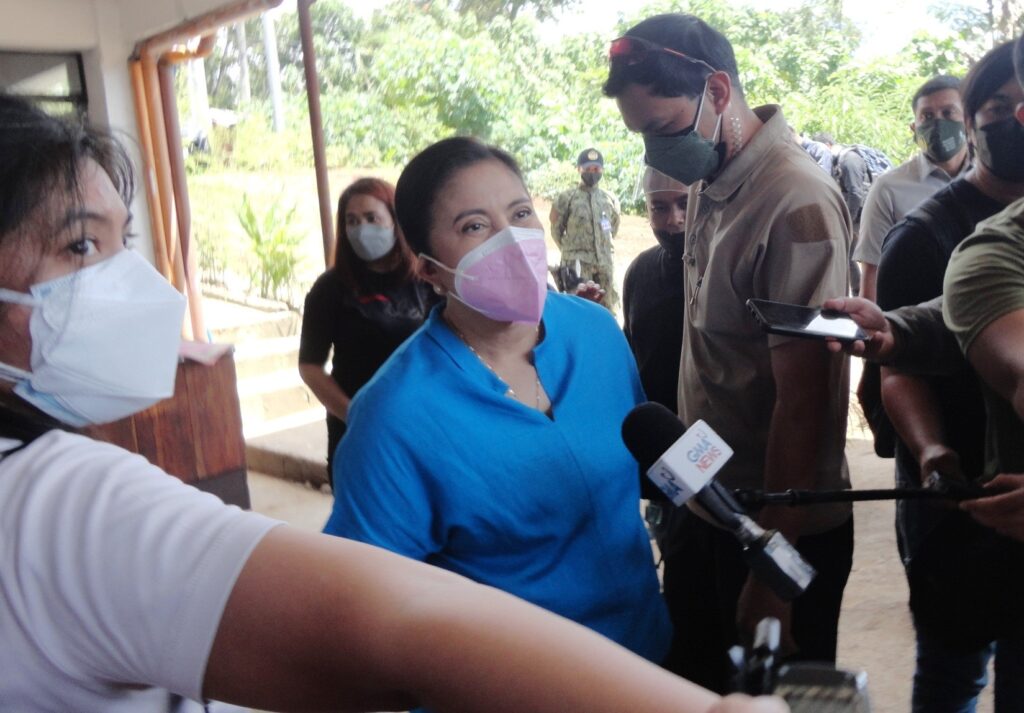Bukidnon registers highest poverty incidence in NorMin

CAGAYAN DE ORO CITY (September 29, 2025) — Despite being known as the “fruit basket of Mindanao,” Bukidnon has the highest poverty incidence in the region, together with Lanao del Norte, according to the National Anti-Poverty Commission (NAPC) Data from the Philippine Statistics Authority (PSA) show that Bukidnon led all provinces in agriculture and fisheries […]
Agri NorMin lauds AMIA villages in first congress

Alicia G. Ilaga (4thfrom left), Department of Agriculture national director for Climate Resilient Agriculture Office (CRAO) and Adaptation and Mitigation Initiative in Agriculture (AMIA), leads the ribbon cutting ceremony on the first day of the 2-day 1st AMIA Congress held at Northern Mindanao Agricultural Crops and Livestock Research Complex (NMACLRC) held in Brgy. Dalwangan, Malaybalay City, Bukidnon on July 11, 2024. (Photo Release/AMIA)
Ceremonial turn-over sa corn production support livelihood project gikan NEDA, gipahigayon

Niadtong Mayo 22, 2024, ang Corn Production Livelihood Project nga nagkantidad og PhP 500,000.00 pormal nga giturn-over sa Silae Corn Growers Association (CGA) Ang proyekto nga gitunol gikan sa National Economic Development Authority (NEDA-10). Ang dakbayan sa Malaybalay giila sa NEDA-10 nga isa sa mga Local Government Unit (LGU) nga maka-avail sa ER 1-94 Funds […]
Bigasan livelihood to support 18 solo parent groups in Malaybalay

The project aimed at empowering solo parents and their children, 18 organized groups from various barangays, including Barangay 5, 7, 9, Purok 20 Casisang, Can-ayan, San Jose, Laguitas, Aglayan, Cabangahan, Bangcud, Apo Macote, Singnalan, Violeta, Maligaya, Silae, Kulaman, Sumpong, and Busdi, received bigasan livelihood support The 2-day activity was held at the White House (Women […]
Northern Mindanao crafts six-year plan to reduce high poverty incidence

CAGAYAN DE ORO, Philippines — The gross regional domestic product of Northern Mindanao grew by 7.2% in 2022, indicating recovery from the economic slump caused by the COVID-19 pandemic. However, residents of the region have yet to feel this improvement, according to an official from the state’s planning agency “Poverty remains the biggest challenge,” said […]
Robredo expands feeding program to cover food security, poverty alleviation

Vice President Leni Robredo wants her feeding program to target problems in food security and poverty alleviation as these are linked to malnutrition.
